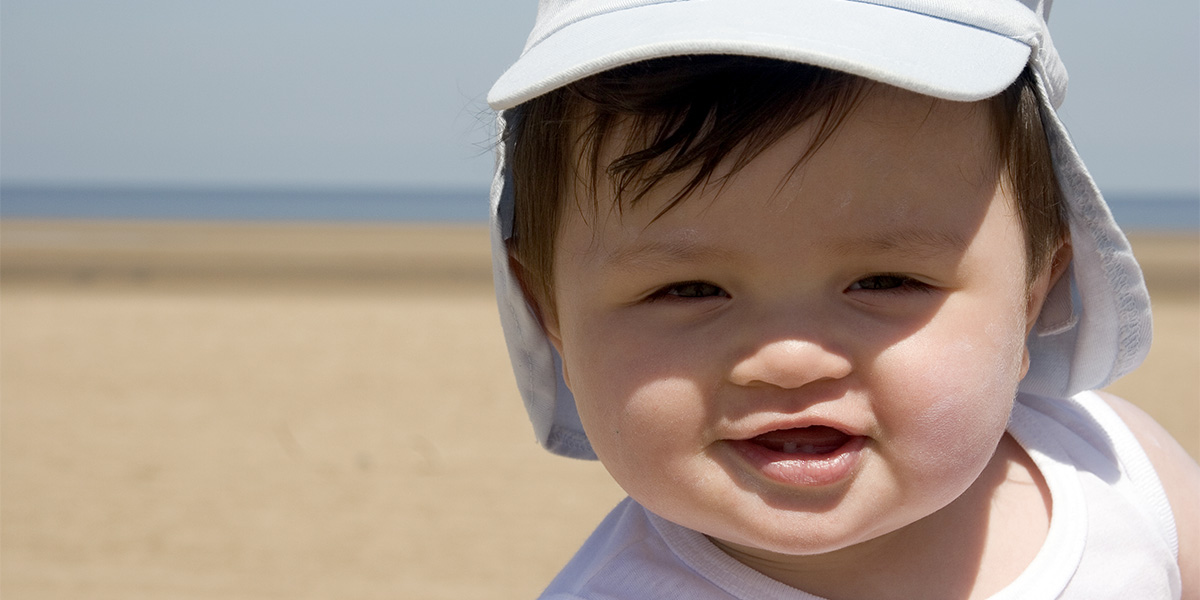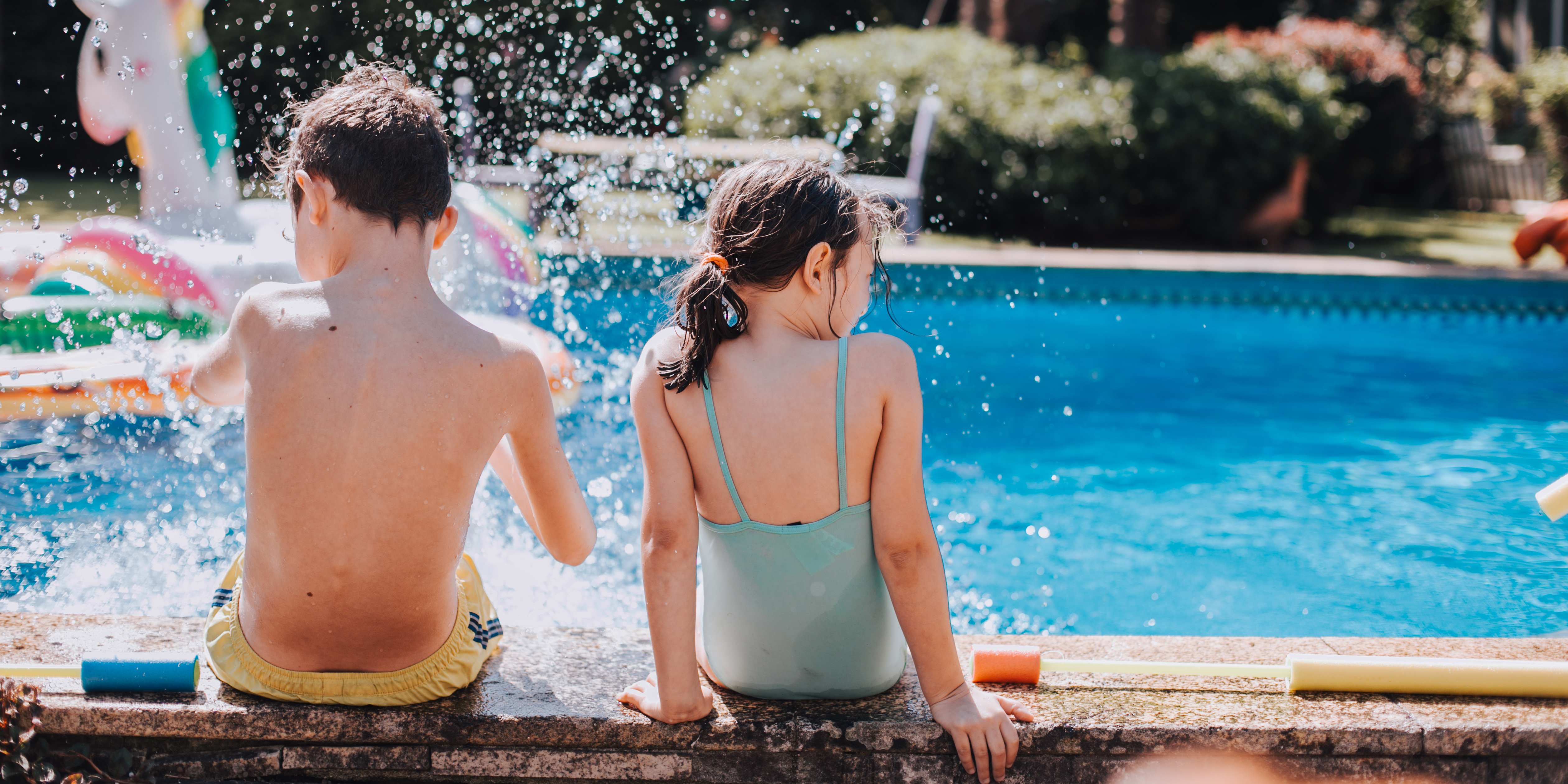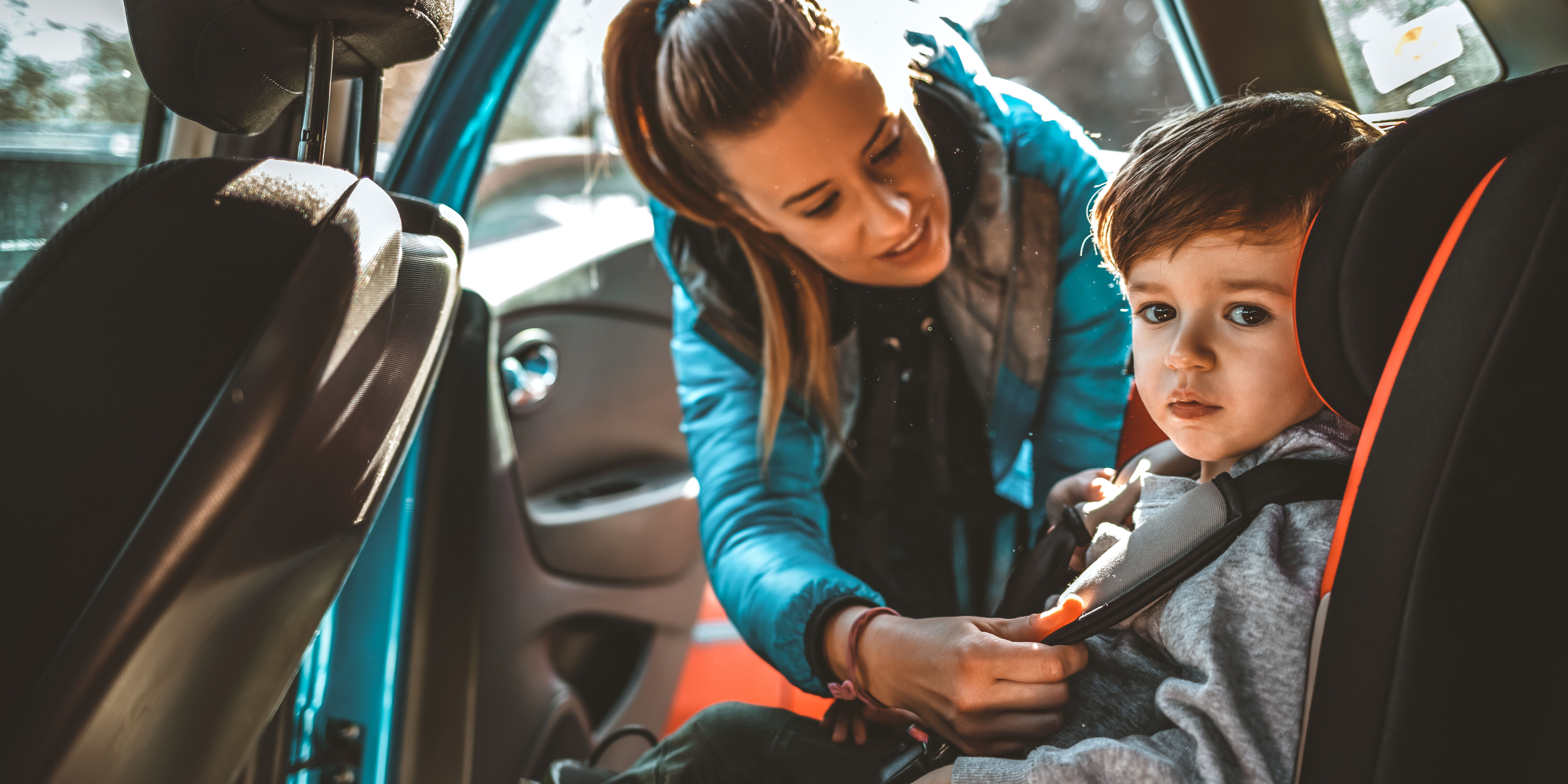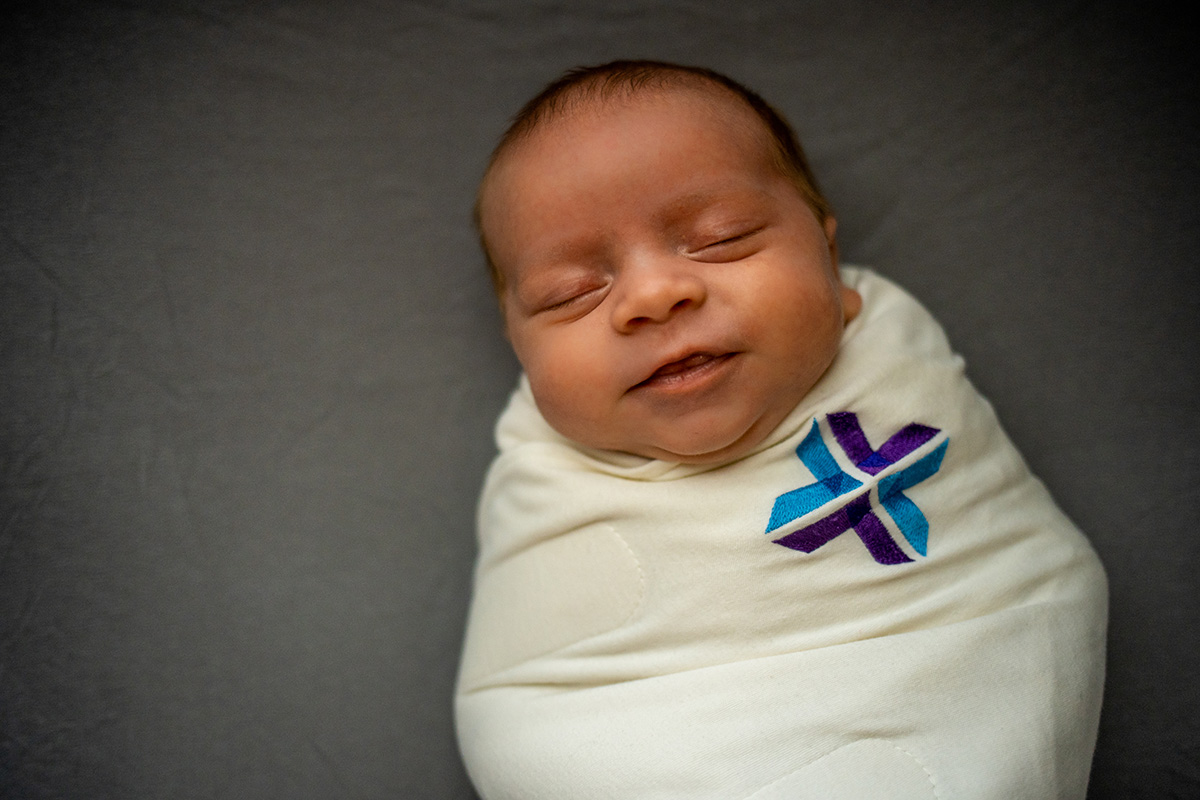
Beach babies!
Sun Safety Tips for Infants
Before you had a baby, going to the beach involved sipping fruity drinks and relaxing by the water. Baby changes everything … but a seashore vacation can still be the highlight of your year!
Babies have delicate, sensitive skin that's easily damaged by the sun's rays - even on cloudy or overcast days.
Sunburns throughout the course of their lives can increase their risk of a skin cancer diagnosis. However, with a little knowledge and pre-planning, a vacation at the beach can still be safe and fun for everyone.
The most important thing to remember: It is not the heat of the sun that burns the skin, but the sun's ultraviolet (UV) rays, both UVA and UVB. A broad-spectrum, or full-spectrum, sunscreen protects the skin from both types of rays, and can be used on toddlers and babies 6 months or older. But for younger babies, other forms of sun protection, such as shade or clothing should be used.
“Be careful about (UV) reflection off sand and water since babies can get burned even if they are in the shade,” said Luci Daley, MD, pediatrician with Medical Group of the Carolinas – Pediatrics.
The following guidelines are recommended for infant sun safety:
- Keep your baby completely out of the sun as much as possible before 6 months of age. Even in the shade, cover your baby's arms and legs in lightweight, light-colored clothing. Light colors reflect the heat and keep skin cooler than dark colors, which absorb heat.
- Use the sunshade on your baby's stroller or carriage whenever you're outside. Consider buying an inexpensive pop-up stroller shade that has built-in UV protection. It fits over your stroller's canopy to shelter your baby's whole body.
- On the beach, an outdoor sun-tent with built-in UV protection can keep your baby cool and protected. Look for one that has a floor to protect baby from sand. If your baby does get sand on his skin, a little sprinkle of cornstarch will help wipe it away without causing a rash.
- Even with a nice ocean breeze, it is hard to escape the 95 degree temperatures on the Carolina coast. A battery operated fan will help keep your baby nice and cool.
- Whether your baby is bald or has a full head of hair, a hat is a must. Choose a hat with flaps in the back for neck protection and a brim that's wide enough to shade the face. A brim that protects the ears is better than one that protects only in front.
- If your baby will wear them, try a pair of UV-protective sunglasses.
- For babies 6 months or older, apply broad-spectrum sunscreen 15 to 30 minutes before heading outdoors, and reapply it every two hours. Make sure you cover all exposed areas of your baby's skin, including the tips of the ears, the back of the neck, and the tops of the feet. According to Dr. Daley, “SPF 15 blocks about 94% UVB and SPF 30 blocks 97 %. Going above SPF 30 does not offer any substantial benefit.”
- If your baby goes into the water, reapply sunscreen as soon as you towel him off – even if it's been less than two hours since you applied it. Dr. Daley advises, “All sunscreens must be re-applied because none of them are water proof, they are simply resistant.”
- If you get to the beach before 10am or after 3pm you'll be skipping the day's most powerful rays. Bonus: You may get the beach all to yourselves.
- Keep in mind, sunscreen is not meant to allow kids to spend more time in the sun than they would otherwise. Try combining sunscreen with other options to prevent UV damage.
- Keep your baby well hydrated.
A trip to the beach can be an amazing adventure for your baby, full of new sights, sounds, and textures. So go ahead - smell the salty air, be soothed by the sound of the sea, and follow these tips so you can rest easy knowing that you and your baby have everything you need to make his time, and yours, more enjoyable.












